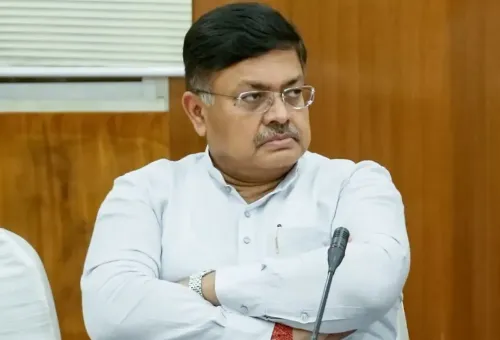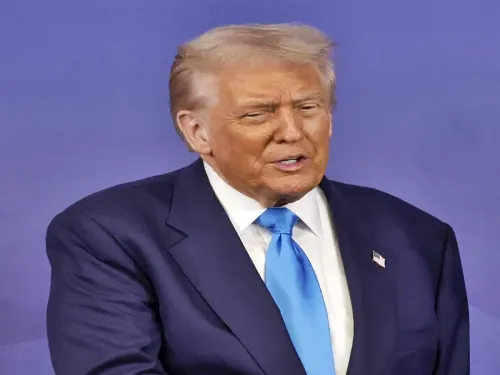Will India's rare earth scheme enhance supply chain resilience and semiconductor growth?
Synopsis
Key Takeaways
- ₹7,280 crore investment in rare earth permanent magnets.
- Goal to cut import dependence and enhance supply chain resilience.
- Projected doubling of demand by 2030.
- Initiative supports India's semiconductor manufacturing ambitions.
- Establishing a capacity of 6,000 metric tons per annum.
New Delhi, Nov 28 (NationPress) The India Electronics and Semiconductor Association (IESA) announced on Friday that the government's ₹7,280 crore initiative for Sintered Rare Earth Permanent Magnets (REPM) aims to bolster the nation's supply chain resilience, reduce reliance on imports, and cater to a demand projected to double by 2030.
The industry body described this scheme as a groundbreaking, first-of-its-kind effort that addresses a pivotal gap in India’s high-tech value chain.
IESA emphasized that this initiative will serve as a catalyst for India's larger semiconductor manufacturing ambitions by ensuring secure access to essential materials.
“The combination of sales-linked incentives and capital subsidies will render large-scale REPM production globally competitive and attract prestigious global and Indian firms,” remarked Ashok Chandak, President of the India Electronics & Semiconductor Association (IESA).
The program seeks to create the country’s first integrated manufacturing ecosystem encompassing oxides, metals, alloys, and finished magnets, as noted in the announcement.
Rare earth permanent magnets are essential components for electric vehicles, renewable energy systems, aerospace, defense, consumer electronics, and the semiconductor manufacturing ecosystem.
For the semiconductor and ESDM sectors, the availability of REPM is vital for precision motors, automation systems, fab equipment, power electronics, EV traction systems, and 5G/AI hardware.
Moreover, this scheme highlights India’s capacity to develop strategic solutions and serve as a deterrent against coercive tactics from other nations. Indian manufacturing will no longer face risks of line stoppages due to external supply chain disruptions.
This initiative positions India as an alternative hub in the global rare-earth magnet supply chain, particularly as industries worldwide seek diversified and reliable sources.
It aims to establish a manufacturing capacity of 6,000 metric tons per annum for integrated REPM production.
The framework includes sales-linked incentives totaling ₹6,450 crore for REPM sales over five years, alongside a capital subsidy of ₹750 crore for establishing manufacturing capacity.









